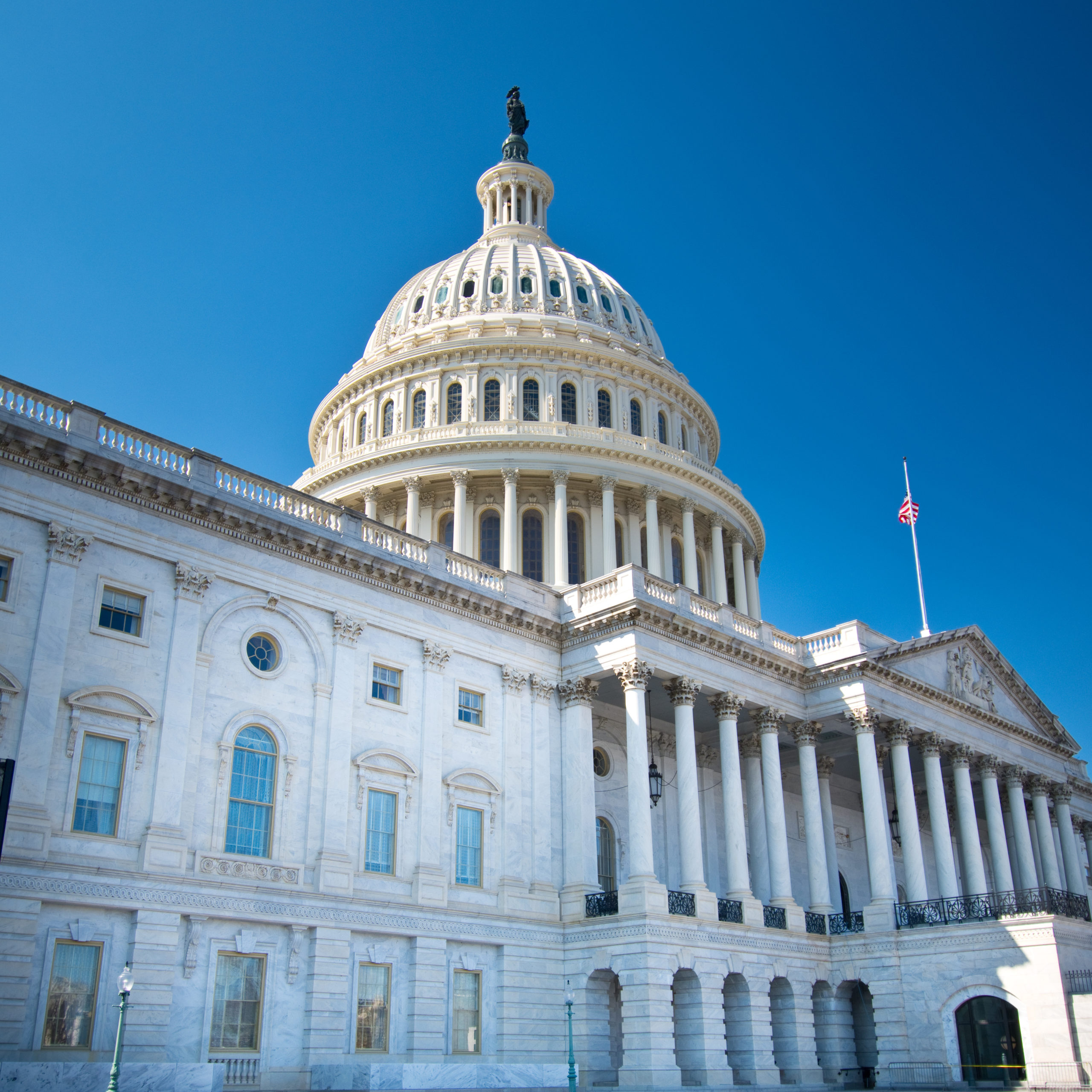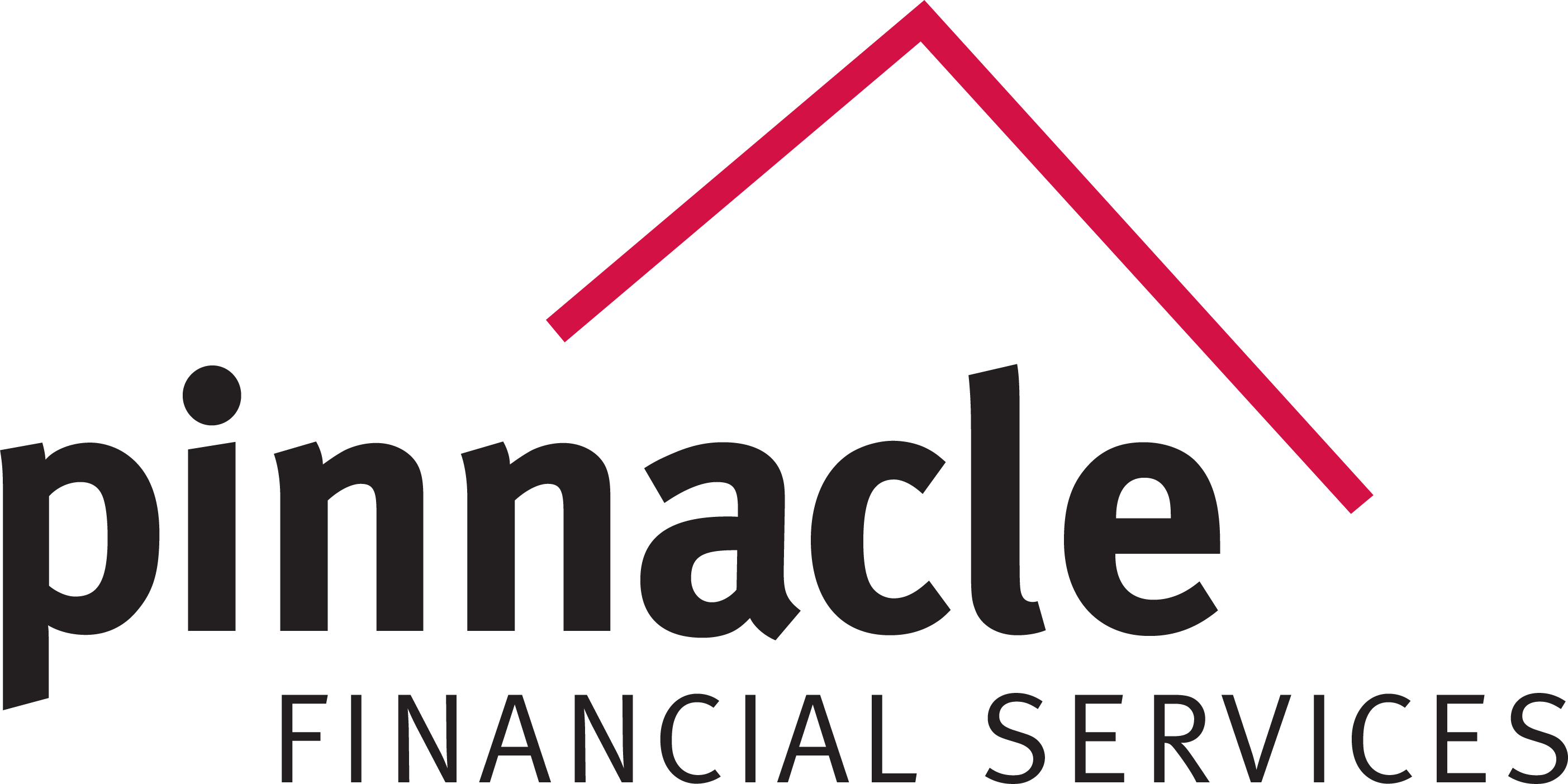Social Security Increase and Medicaid by the Numbers.
In October 2022, the Social Security Administration announced an 8.7% Cost of Living (COLA) increase in Social Security payments. These annual increases are determined by the increase in the Consumer Price Index for Urban Wage Earners and Clerical Workers (CPI-W).

They are designed to help Social Security beneficiaries keep pace with inflation. The idea is for benefits to not lose value over time. This 8.7% increase is the largest COLA increase since 2009. It’s set to go into effect on March 1st, 2023. Social Security is a Federal program, whereas Medicaid is administered through individual state programs. Medicaid rules are complex and vary greatly, so it’s important to be specific with every individual. A good rule of thumb is, if you make less than 100% to 200% of the federal poverty level (FPL) and are pregnant, elderly, disabled, a parent/caretaker, or have a child, there’s likely a program for you.
Social Security Increase and Medicaid Eligibility.
There have been mixed reactions to the recent COLA increase. Some beneficiaries have rejoiced at the increase in their monthly checks, while others are worried about how it will impact their Medicaid eligibility. Medicaid is a need-based program that provides health coverage to people with limited income and resources. In many states, beneficiaries with income above a certain threshold are not eligible for Medicaid. Social Security income is considered “countable” income in regard to Medicaid eligibility. As an example, someone’s countable income was $1,000 per month before the increase and is now $1,087 per month. This could make them ineligible for Medicaid.
Remember, not all states will be affected by this increase in the same way. There can be more generous or strict income thresholds. some states have “spend-down” provisions, allowing for medical expenses to drop an individual’s income below the threshold. Asset, marital status, and living situation are also factors in determining Medicaid eligibility. It’s always best to have clients speak with a Social Security representative or Medicaid specialist to understand how changes impact their eligibility.
Social Security Increase and Medicaid Conclusion.
It’s always important to stay informed about any changes coming from the government, such as new CMS marketing rules. Many Medicare Advantage carriers now offer tools to help determine Medicaid eligibility in real-time when sitting with a potential client. In certain states, there are State Pharmaceutical Assistance Programs (SPAP) designed to help with costs, which also create a Special Election Period for Medicare Advantage. Some carriers offer plans that cater to those beneficiaries with partial dual eligibility. It’s important to have the proper quoting tool that shows all plans that are available to you as an agent in your area, such as Connect4Medicare. Be sure to take advantage of the tools available to help your clients make the best decision for their health and finances.
Be sure to subscribe to our posts to receive information in real-time.
For more information on Medicare OEP and one-on-one support, click here to contact your Sales Director.
1 (800) 772-6881 x7731 | sales@pfsinsurance.com

Jeff Palo
Vice President - Health Sales
Contact a Pinnacle Representative if you have any questions.
1 (800) 772-6881
support@pfsinsurance.com

0 Comments